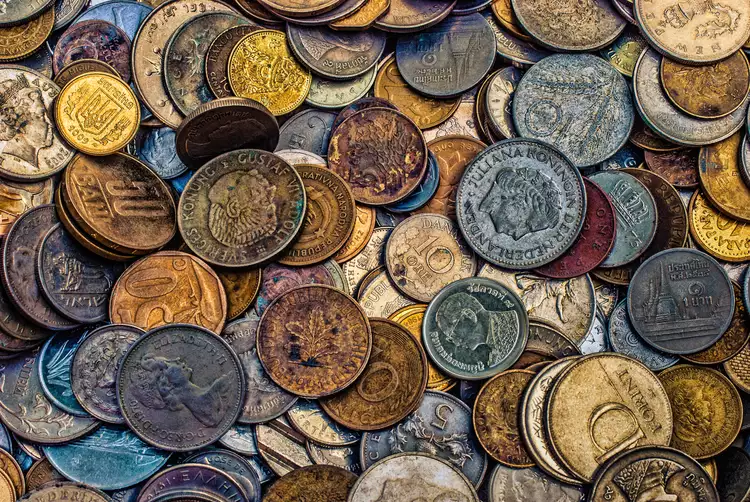Before the invention of coins, early civilizations developed various forms of money to facilitate trade and economic growth. From barter systems to the use of cowrie shells and precious metals, these early monetary systems played a crucial role in shaping commerce and societal development.
Barter Systems: The Earliest Exchange Method
The earliest form of trade relied on barter, where goods and services were exchanged directly. While effective in small communities, barter had limitations, including the need for a double coincidence of wants—both parties had to desire what the other offered. As societies expanded, the need for more efficient systems of exchange became apparent.
Cowrie Shells: Nature’s Currency
Cowrie shells, widely used across Africa, Asia, and the Pacific, became one of the first standardized forms of money. Their durability, unique appearance, and relative scarcity made them a trusted medium of exchange. Archaeological evidence suggests that cowries were used in transactions as early as 1200 BCE, with some cultures continuing their use well into modern history.
Precious Metals: The Foundations of Coinage
Gold, silver, and copper emerged as preferred mediums of exchange due to their intrinsic value, durability, and divisibility. Ancient civilizations, including the Egyptians and Mesopotamians, used weighed amounts of metal as currency, often in the form of ingots or jewelry. These early systems laid the groundwork for the introduction of standardized coinage.
Impact on Trade and Society
The development of early currencies revolutionized trade, enabling long-distance commerce and the rise of complex economies. Standardized forms of money helped establish taxation systems, facilitate wealth accumulation, and reinforce social hierarchies. These economic advancements ultimately paved the way for the monetary systems we use today.
Conclusion
Ancient currency evolved from simple barter exchanges to sophisticated monetary systems that shaped early economies. The transition from cowrie shells and metal ingots to coins marked a significant leap in financial innovation, highlighting the adaptability of human societies in developing efficient trade mechanisms.






